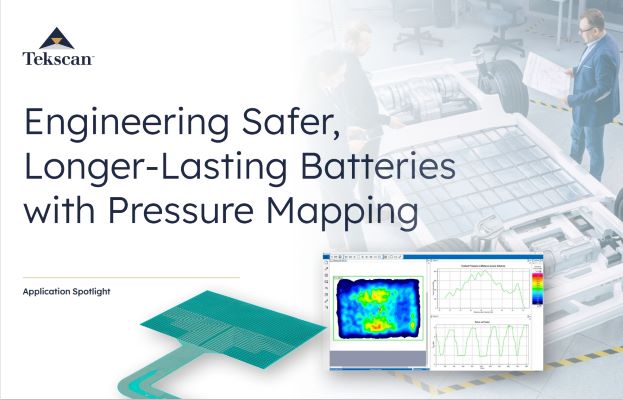Pressure Testing to Reduce Thermal Runaway Risks from Lithium-Ion Batteries
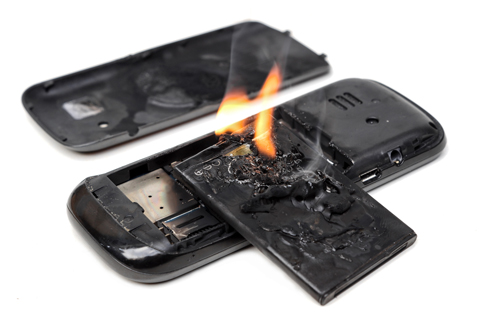
Lithium-ion batteries, for better or worse, have been a major topic among the energy community over the past few years. From electronic devices to passenger vehicles, lithium-ion batteries are a popular energy source because they pack a lot of power into a thin, lightweight container. Also, they tend to maintain their performance after several recharge cycles, and charge much faster than most conventional battery alternatives.
However, lithium-ion batteries have faced their share of controversy in recent times. Having such a high energy density contained within a small space can be a recipe for disaster if any defects were to occur. Despite their inherent risks, battery developers and electronic device design engineers are challenged to push the limits of this technology to meet growing consumer demand.
Design Challenges of Lithium-Ion Batteries
For readers who may not be familiar with how lithium-ion batteries work, this article from the US Office of Energy Efficiency & Renewable Energy provides a great overview of the technology. To summarize, lithium ions are exchanged from one end of the battery to the other through the electrolyte, passing through a separator. While the battery is in use and providing an electric current to a device, lithium ions are released from the anode, through a separator, to a cathode on the other side of the battery. When a device is charging, lithium ions are released by the cathode, through the separator, over to the anode.
With electronic devices becoming smaller and smaller, the critical separating layers within lithium-ion batteries have also had to shrink in thickness. This results in a heightened risk of floating metallic particles tearing through the separating layer and coming in contact with one another. Any shorting caused by the floating metallic particles can prompt a reaction known as "thermal runaway." A thermal runaway event can occur in a matter of seconds, resulting in a fire or violent explosion.
As battery designers know, safety vents are necessary in lithium-ion battery designs to dissipate rising temperatures that can lead to thermal runaway. However, any defects in the vents can cause the temperature and an unsafe amount of pressure to build up in the battery.
Using Pressure Mapping to Test Expansion of Lithium-Ion Battery Expansions
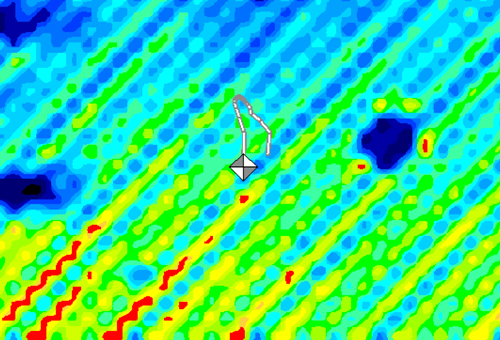 Figure 1: Display of peak pressure changes while a lithium-ion battery is in use within a device.
Figure 1: Display of peak pressure changes while a lithium-ion battery is in use within a device.
As shown in Figure 1, a pressure mapping sensor was positioned between an electronic device and a lithium-ion battery to capture changes in pressure under different operating conditions. In this particular test, there was a noticeable change in the center of force (indicated by the gray and white diamond trail) over the testing period, which could be the sign of an expansion caused by a defective vent on the battery.
In addition to pressure mapping, Tekscan systems can also simultaneously track and correlate temperature mapping data. Figure 2 shows a sensor capturing ambient, battery, and heater temperatures in real time.
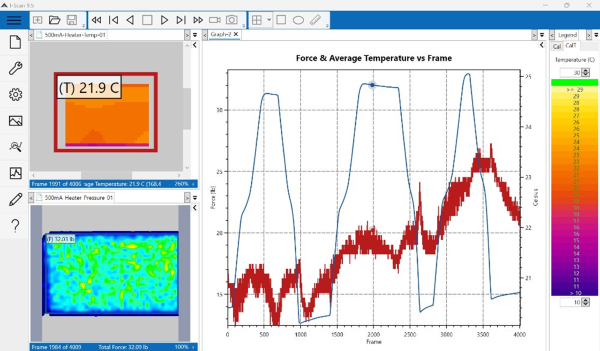 Figure 2: Temperature mapping during battery charge/discharge cycle.
Figure 2: Temperature mapping during battery charge/discharge cycle.
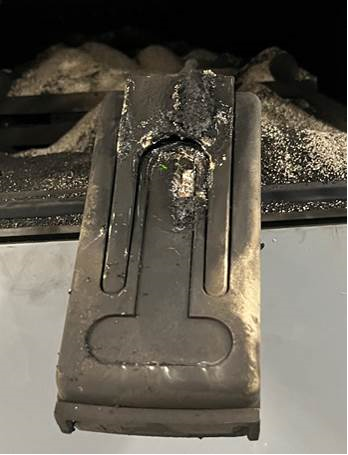
Pressure mapping technology has many other uses to test lithium-ion battery durability and design, including from within different operating environments (e.g.: responses to airplane cabin pressure changes), high-speed impacts, and other tests.
|
For more information about how battery pressure mapping technology, download this free eBook. |

